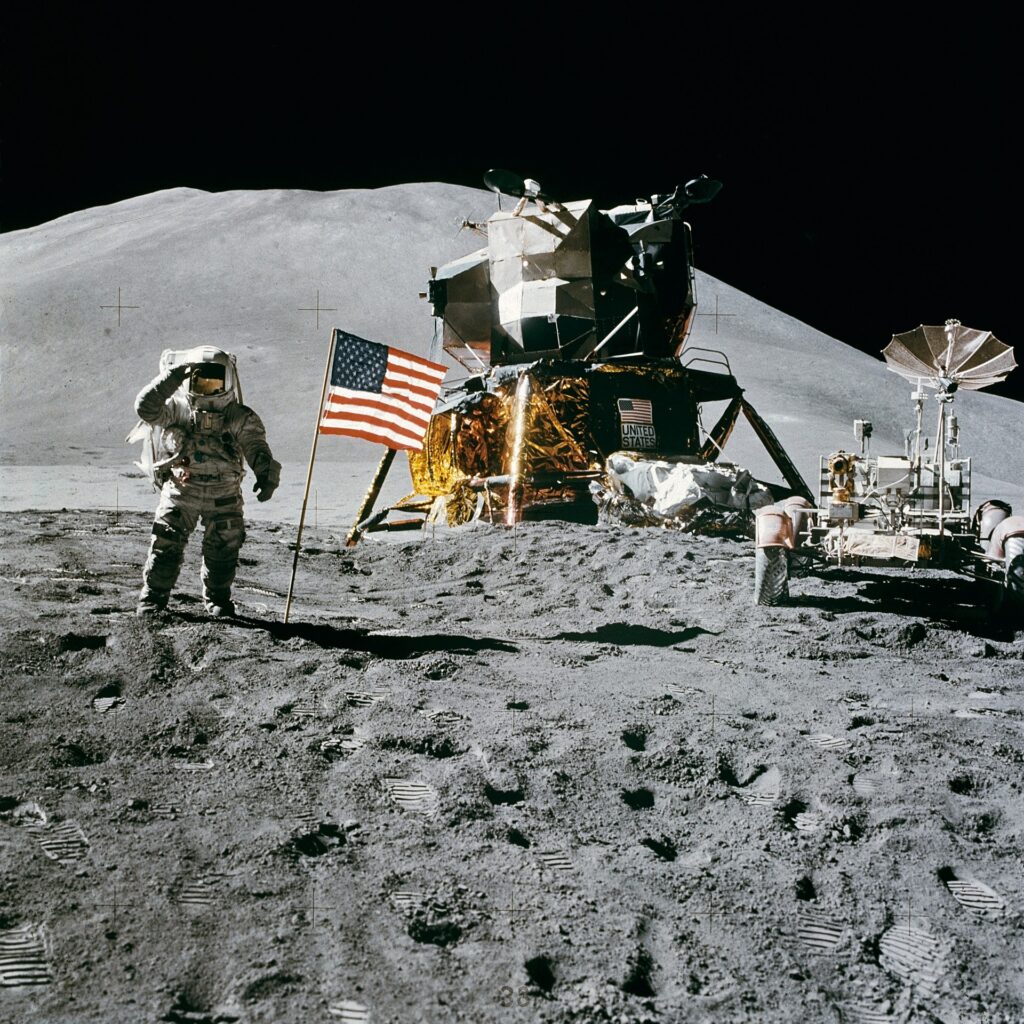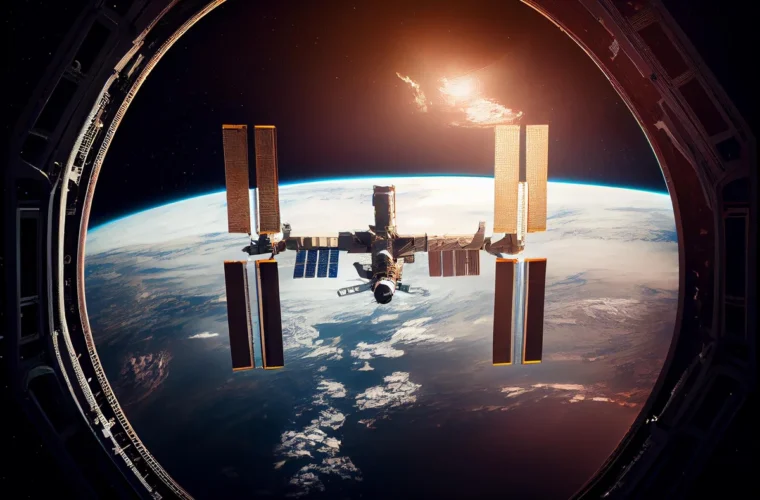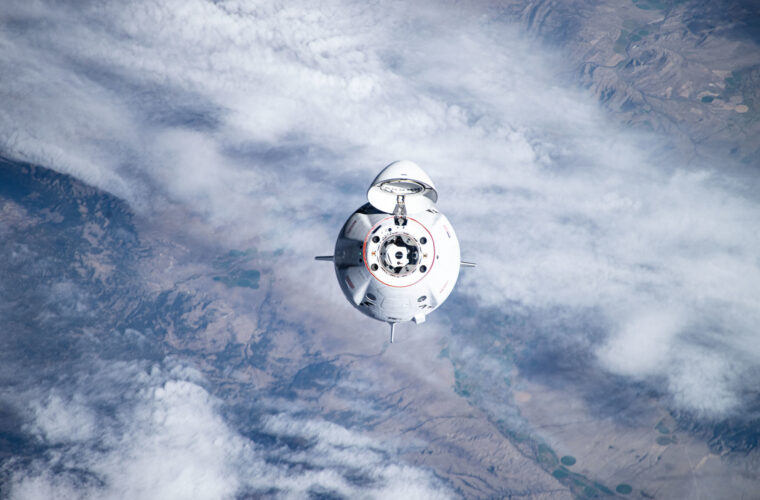Celebrating the contribution of science and technology to the progress of society
International Day of Human Space Flight: “From up here the Earth is beautiful, without borders or boundaries”. Chronicles of the time recount that these were some of the words with which Jurij Alekseevic Gagarin described the sensations he experienced during man’s first flight into space. In reality, there are doubts that the Russian cosmonaut actually uttered those words. Still, the power of that image at the dawn of the 1960s helps us to understand the extraordinary nature of the feat accomplished. Which paved the way for the conquest of space, not only in science but also in tourism; if it is true that companies like Virgin Galactic have been planning suborbital flights for years to give the thrill to wealthy people curious to look at the Earth from another point of view.
From US vs Russia…
After Sputnik I, the first man-made Earth satellite, launched into space on 4 October 1957, the Soviet Union was the first country to send a man into space with the Vostok 1 mission, with the Vostok 3KA spacecraft completing a 108-minute lap around our planet. To mark the anniversary and pay tribute to the courage and skill of the protagonists, who inspired future astronauts to achieve ever greater feats, the UN General Assembly declared 12 April International Human Spaceflight Day. A way to ‘affirm the important contribution of space science and technology to achieving the goals of sustainable development and increasing the well-being of States and peoples, as well as ensuring the realisation of their aspiration to maintain outer space for peaceful purposes’.
Gagarin’s historic first accelerated the space race that pitted Russia and the United States against each other at the time, which ended the run-up on rivals on 20 July 1969 with the Moon landing of Neil Armstrong and Buzz Aldrin. Another historic moment is dated 17 July 1975, with the first US-US mission into space completed with the Apollo and Soyuz spacecraft docking. The speed of technological development, the enormous growth of Asian countries, and the changing geopolitical balance have multiplied interests, investments and missions in space.





It is a matter of survival when you are up there because the slightest mistake is enough to compromise years of preparation and mountains of money spent, with the risk of even losing your life. More than 600 people have had this experience so far, who have crossed the Karman line, positioned at an altitude of 100 kilometres and conventionally chosen as the point where our planet ends and space begins.
… to tourist flights and surprise India
The number of people flying in space is set to increase thanks to constant technological advances and private companies such as SpaceX contributing to research and scientific programmes. Following this wave and looking to the long term, flying in space is becoming safer and, therefore, an activity that can be done more frequently. That is why space tourism should also be considered as part of the game, limited to the small segment of privileged people who will be able to afford it, at least in the initial phase and before the sector expands. Prices have become lower (as has happened with airline flights), but it is significant as a further opportunity to go where it was considered unthinkable only 50 years ago.
The one who has surprised most is India, which, under the leadership of Prime Minister Narendra Modi, is racking up a series of records: with 1.4 billion people, it has overtaken China as the world’s most populous country. It also aims to become the world’s third-largest economy by 2030, replacing Russia to catch up with the USA and China. But India has also become an aerospace powerhouse after last August’s Chandrayaan-3 mission made it the fourth country in the world to land on the Moon, the first to make a successful moon landing at the south pole of our satellite, one of the most coveted and riskiest areas for space missions.
A success achieved with an investment of just 70 million dollars, which represents the first step in a multi-year programme that next year will take four Indian astronauts into orbit for the first time, while 2035 is the date for the first space station and 2040 is that for the launch of the first astronaut from New Delhi to the Moon. Suppose India’s run-up explains how conquering space remains one of mankind’s most coveted goals; who knows what could happen if man sets foot on Mars?



